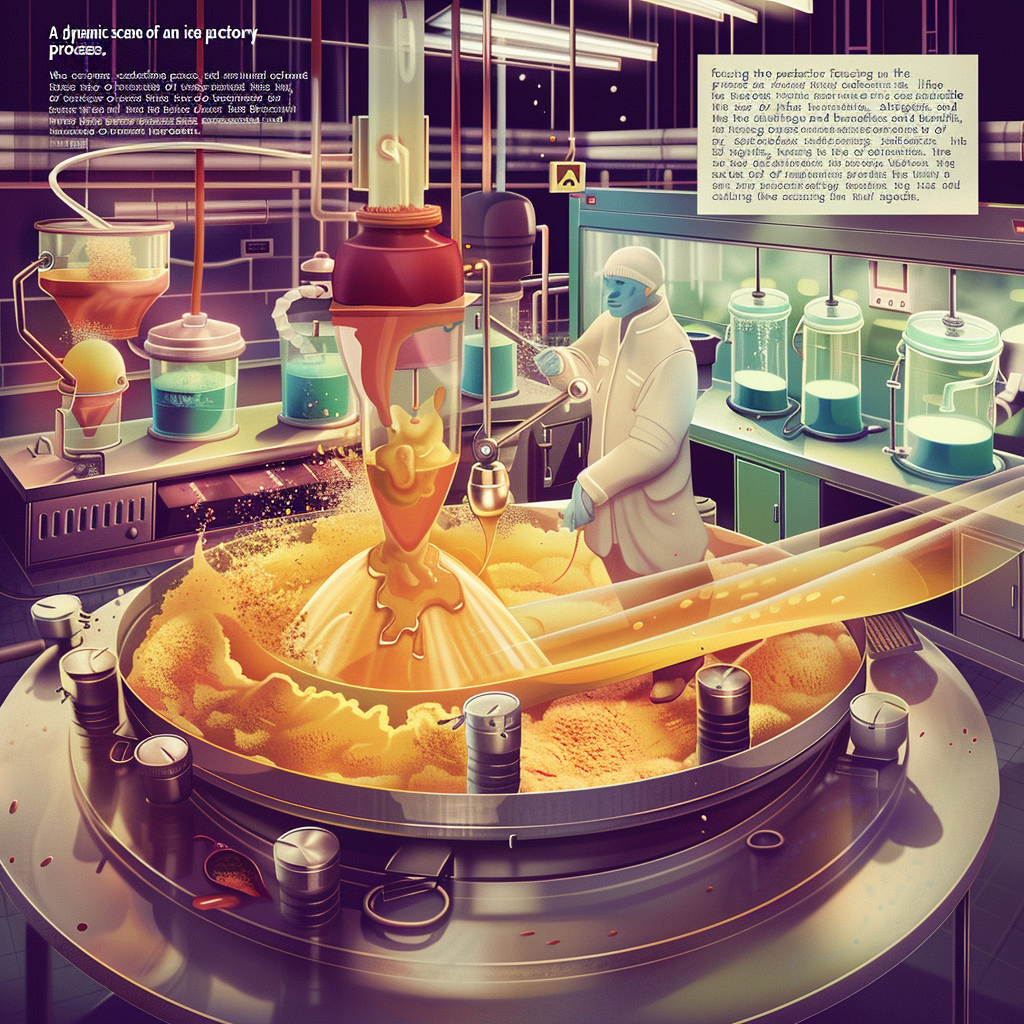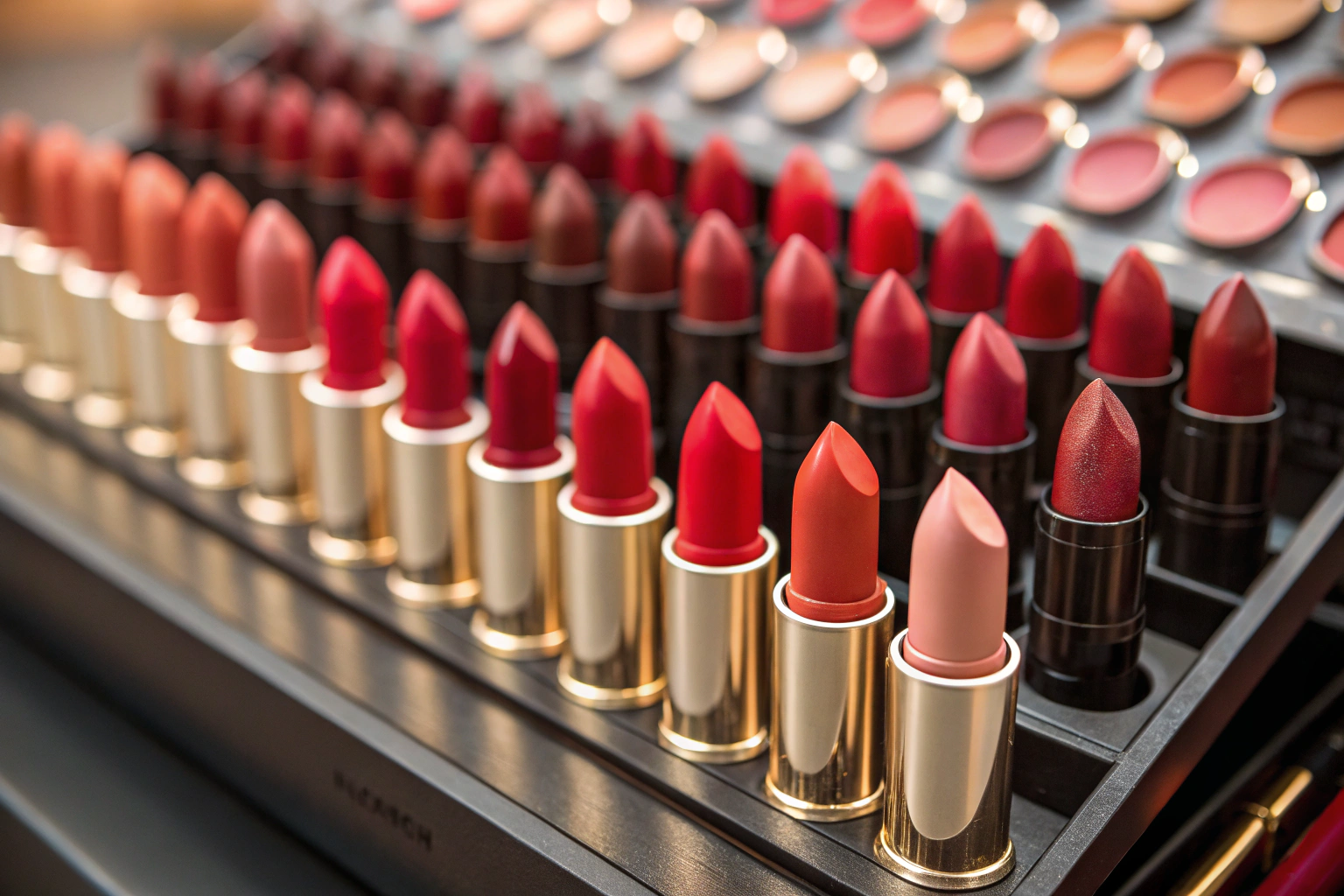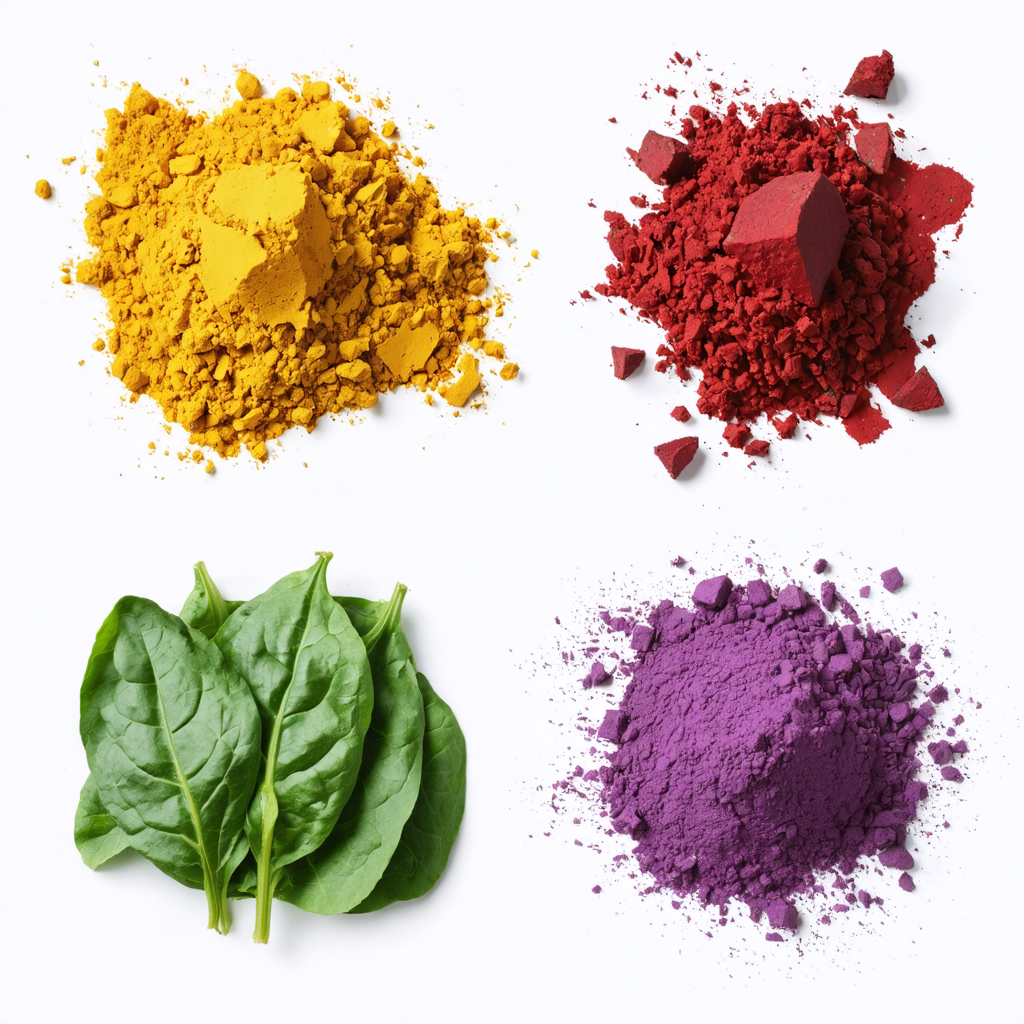Table of Contents
ToggleIntroduction
It is crucial to grasp food labels. This blog explains the terms used in describing the natural color of ice cream. Instructions on how to understand labels for you to be able to make wise decisions are also provided. Here are the regulations that guide this sector and how to keep up with trends. Equip yourself with proper information to guide you through the labyrinth of food labels. Be updated and smart while choosing.
Overview of the Significance of Color Terminology in Ice Cream!

🈯 Natural vs. Artificial
Natural color of ice cream is derived from real fruits, like strawberries or blueberries. Artificial colors, such as FD&C Red color No. 40, offer vibrant hues. Consumers prefer natural sources due to health concerns. Studies show 65% of people choose natural over artificial. Natural coloring ensures no synthetic additives. Artificial colors may cause allergies.
🈯 Color Perception
Color affects taste perception. Studies reveal 70% prefer vibrant colors. Visual cues influence flavor expectations. Natural colors, like beet juice, signal healthier options. Ice cream with natural hues looks more appealing. This perception boosts sales by 40%. Natural colors promote product authenticity.
🈯 Ingredient Transparency
Clear labeling of the natural color of ice cream builds consumer confidence. Transparency includes listing natural sources, like turmeric or spirulina. 85% of buyers read ingredient lists. Knowing what’s in your ice cream fosters trust. Consumers appreciate brands that disclose color sources. Transparent practices increase repeat purchases by 30%.
🈯 Consumer Trust
Consumers link natural colors to healthier products. Trustworthy brands use colors from fruits and vegetable carbon. Trust enhances customer loyalty. 75% of consumers avoid artificial colors. Brands using natural hues see a 50% increase in repeat buyers. Trust in natural ingredients strengthens brand reputation.
How to Identify Natural color of ice cream on Labels?

☑ Ingredient List
Check the ingredient list for natural color of ice cream sources like beet juice. Look for names like spirulina or turmeric. Avoid vague terms like “color added.” Natural ingredients are clearly listed. Organic labels often indicate natural colors. 90% of brands with natural colors list them. Real fruit extracts are common indicators.
☑ E-numbers
E-numbers can help identify natural color of ice cream. E160a (carotene) is a natural colorant. Avoid E102 (tartrazine) as it’s artificial. E162 (beetroot red) indicates natural coloring. Familiarize yourself with common E-numbers. Many natural colorants have specific E-numbers. Natural E-numbers often come from plant extracts.
☑ Color Sources
Identify the natural color of ice cream by checking color sources on labels. Look for named sources like carrots or berries. Labels should specify if the color comes from vegetables. Avoid synthetic dyes listed without natural sources. 85% of natural ice creams specify plant-based colorants. Real fruits are popular sources.
☑ Additive Codes
Codes like INS 160a (carotene) indicate natural colorants. Avoid codes like INS 110 (sunset yellow), which are synthetic. Codes provide clarity on ingredient origins. Check for codes on labels. Familiarize with natural additive codes. INS 120 (cochineal) is another natural option.
☑ Certification Marks
Certifications like USDA Organic often ensure natural colorants. Non-GMO Project Verified labels indicate natural ingredients. Certified labels boost consumer confidence. Certifications ensure adherence to natural ingredient standards. 70% of consumers trust certified labels more. Certification marks provide a range of products transparency.
Are Natural Colors Always Better for Ice Cream?

💢 Health benefits
Natural color of ice cream enhances health benefits. It contains fewer chemicals, reducing allergens. Natural colors often derive from fruits or vegetables. Many synthetic dyes may pose health risks. Studies show natural colors improve nutritional value. People prefer fewer additives. This color choice can boost antioxidants and vitamins. Eating naturally colored ice cream supports a healthier lifestyle.
💢 Flavor impact
Natural colors come from real ingredients like berries. These ingredients enhance taste profiles. Artificial colors lack the rich flavors of natural ones. Consumers enjoy the authentic taste. Using natural colors can make flavors more vibrant. Real fruit extracts improve overall ice cream experience.
💢 Stability issues
Natural color of ice cream faces stability issues. Natural pigments fade faster than synthetic ones. Temperature changes affect color retention. This color type can cause uneven appearances. Stabilizers may be necessary to maintain consistency. Ice cream’s shelf life might decrease. Extra care in storage is required. It’s a challenge for manufacturers.
💢 Production cost
Natural color of ice cream increases production costs. Sourcing natural ingredients is pricier. Organic extracts cost more than artificial dyes. Manufacturers need specialized equipment. Processing natural colors is more complex. The higher cost reflects in the final product price. Consumers might pay more for premium ice cream. Economic impact is a consideration for producers.
Regulations and Standards for Natural Colors in Ice Cream!

🟢 FDA guidelines
The FDA sets precise guidelines for ice cream colors. You must use approved, safe natural colorants. There are 29 natural colors approved for use. Each color must meet purity standards. The maximum allowable color concentration is 0.5 mg/kg. This ensures the natural color of ice cream is both vibrant and safe.
🟢 EU regulations
EU regulations require strict adherence to natural color use in ice cream. You must follow EC No 1333/2008 standards. They outline 36 permissible natural colors. Colors must not exceed 1.0 g/kg. Regular testing ensures compliance with these standards. This guarantees the natural color of ice cream is maintained without compromising safety.
🟢 Labeling laws
Labeling laws mandate clear identification of natural colors in ice cream. You must list each color on the packaging. The ingredient list should include E-numbers for EU compliance. You also need to mention the source of each natural color. This transparency builds consumer trust in the natural color of ice cream.
🟢 Compliance checks
Compliance checks are essential for maintaining the natural color standards in ice cream. Authorities conduct regular inspections. You need to keep detailed records of colorant use. Random samples are tested for conformity. These measures ensure the natural color of ice cream meets all safety and quality standards.
| Aspect | FDA Guidelines | EU Regulations | Labeling Laws | Compliance Checks |
| Governing Body | FDA | EU Commission | FDA/EU Commission | FDA/EU Authorities |
| Regulation Code | 21 CFR 73.30 | EC No 1333/2008 | 21 CFR 101.22/EC No 1169/2011 | Various (e.g., 21 CFR 110, EC No 178/2002) |
| Approved Colors | 29 natural colors | 36 natural colors | E-numbers, Source identification | Detailed records, Random sampling |
| Concentration Max | 0.5 mg/kg | 1.0 g/kg | Must list each color | Detailed records, Inspections, Testing |
| Purity Standards | Mandatory | Mandatory | E-number compliance, Source transparency | Conformity, Safety, Quality standards |
| Testing Frequency | Not specified | Regular | Not specified | Regular inspections |
| Consumer Trust | Ensured by purity and safety standards | Ensured by adherence to EC regulations | Built through transparency | Built through rigorous compliance checks |
Table on Regulations and Standards for Natural Colors in Ice Cream!
Industry Trends in the Use of Natural Colors!

📛 Clean label movement
The clean label movement prioritizes transparency and health. You should use minimal artificial additives. Natural colors meet this demand. The natural color of ice cream aligns with clean label principles. There are over 30 approved natural colorants. These ensure vibrant, safe products. Consumers appreciate clearly labeled, natural ingredients.
📛 Consumer demand
Consumer demand drives the shift to natural colors. You must understand the preference for health-conscious choices. The natural color of ice cream appeals to health-focused buyers. Over 60% of consumers prefer natural ingredients. Natural colorants enhance product appeal. Meeting this demand boosts sales and customer loyalty.
📛 Innovative colorants
Innovative colorants revolutionize the ice cream industry. You should explore new natural sources. Spirulina, beet juice, and turmeric are popular. The natural color of ice cream benefits from these innovations. These sources offer vibrant, stable hues. Each offers unique properties, enhancing your product’s appeal. Innovation keeps you competitive.
Conclusion
You have to decode food labels to make the right choices every time. Understanding the terms natural color of ice cream will help you interpret the ingredient lists. You should always stay abreast with what’s happening in our sector. Log in on SANTACOLOR to get more insights about natural colorants. Enhance your information so that you can buy wisely. In a nutshell, awareness of these terms will enhance confidence among consumers when purchasing such items.




